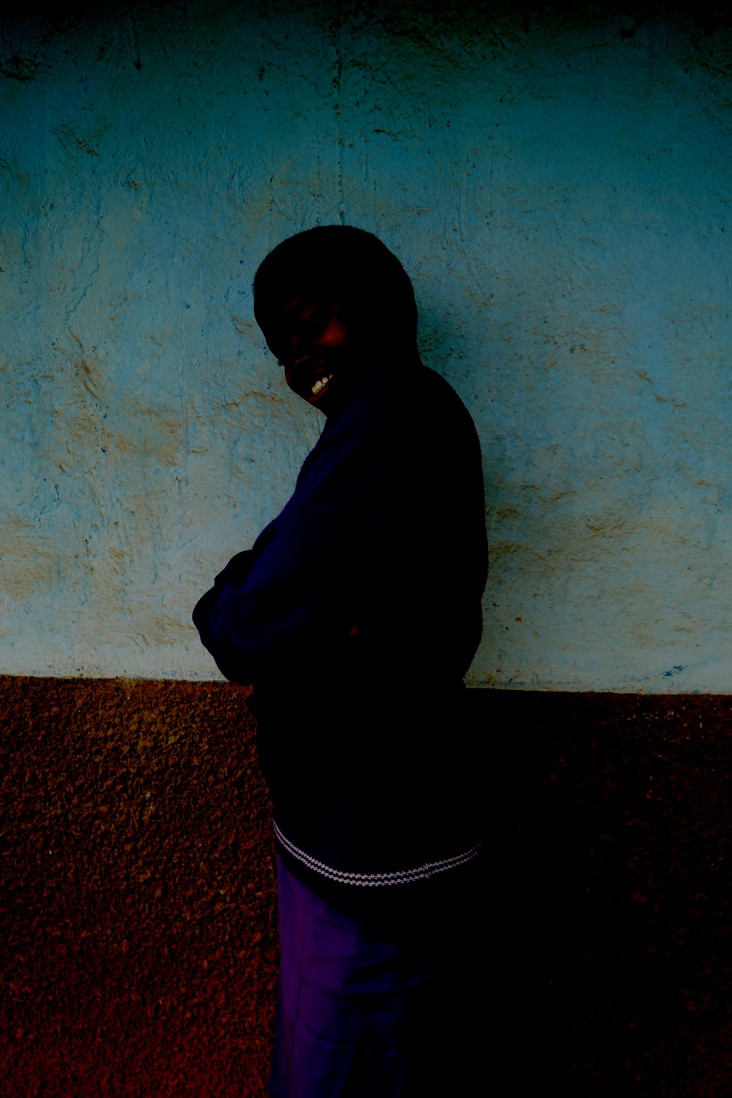Speeches Shim

By Betty Kagoro
Sixteen-year-old Lisa did not know the value of interaction with peers until she joined the Ariel Club. In a small village of Kayonza in southwestern Uganda, Lisa, a middle school student, lives with her grandmother. She didn’t know that she was born with HIV until she was twelve years old. “At first it was very hard. I always felt sick, I never interacted with other children at school and never participated in any extracurricular activities,” she says.
Lisa’s experience is no different from the thousands of adolescents living with HIV in Uganda. They face stigma and discrimination at school and in the community. But things changed when Lisa was introduced to the Ariel Club supported by USAID’s Regional Health Integration to Enhance Services in the Southwest Uganda. Ariel Clubs consist of support groups for children aged 5-18 who are living with HIV. They are designed to help HIV-positive children support each other. The clubs address the psychological and clinical needs of children so that they feel confident, stay on treatment, and prevent transmission of the virus to their own future partners or children.
“Before I joined the Ariel Club I had poor adherence to the drugs. I was sent to attend an Ariel Club camp in Kampala where I interacted with other adolescents like me. We talked about taking our drugs in time without missing a single day. We also talked about accepting our situation. After that interaction I felt relieved because I knew I wasn’t alone,” Lisa says.
Studies show that out of the 1.3 million persons living with HIV in Uganda, 87,000 are children under the age of 15. Among pregnant women, 10 percent do not have access to antiretroviral therapy (ART) to prevent mother-to-child HIV transmission, where the virus is passed from a mother living with HIV to her baby during pregnancy, childbirth, or breastfeeding. This sort of transmission accounts for more than 90 percent of HIV infections in children.
As of 2017, of the estimated nearly 36.9 million people living with HIV worldwide, approximately 1.8 million are children under 15 years of age (UNAIDS, Global AIDS Update, 2018). As a focus country for the U.S. President’s Emergency Plan for AIDS Relief (PEPFAR), USAID works with partners in Uganda to deliver high-impact, evidence-based HIV prevention, care and treatment to those affected by HIV/AIDS, including orphans and vulnerable children.
“I feel better now with all the support. After high school, I want to study law and become a lawyer so that I can sponsor those in need,” Lisa says.
USAID’s Regional Health Integration to Enhance Services in Southwest Uganda activity works with local Ugandan partners at every level of the health care system to create tailored, integrated health services for priority populations including adolescents.
(Lisa is a pseudo-name for this USAID beneficiary to protect her identity.)

Comment
Make a general inquiry or suggest an improvement.